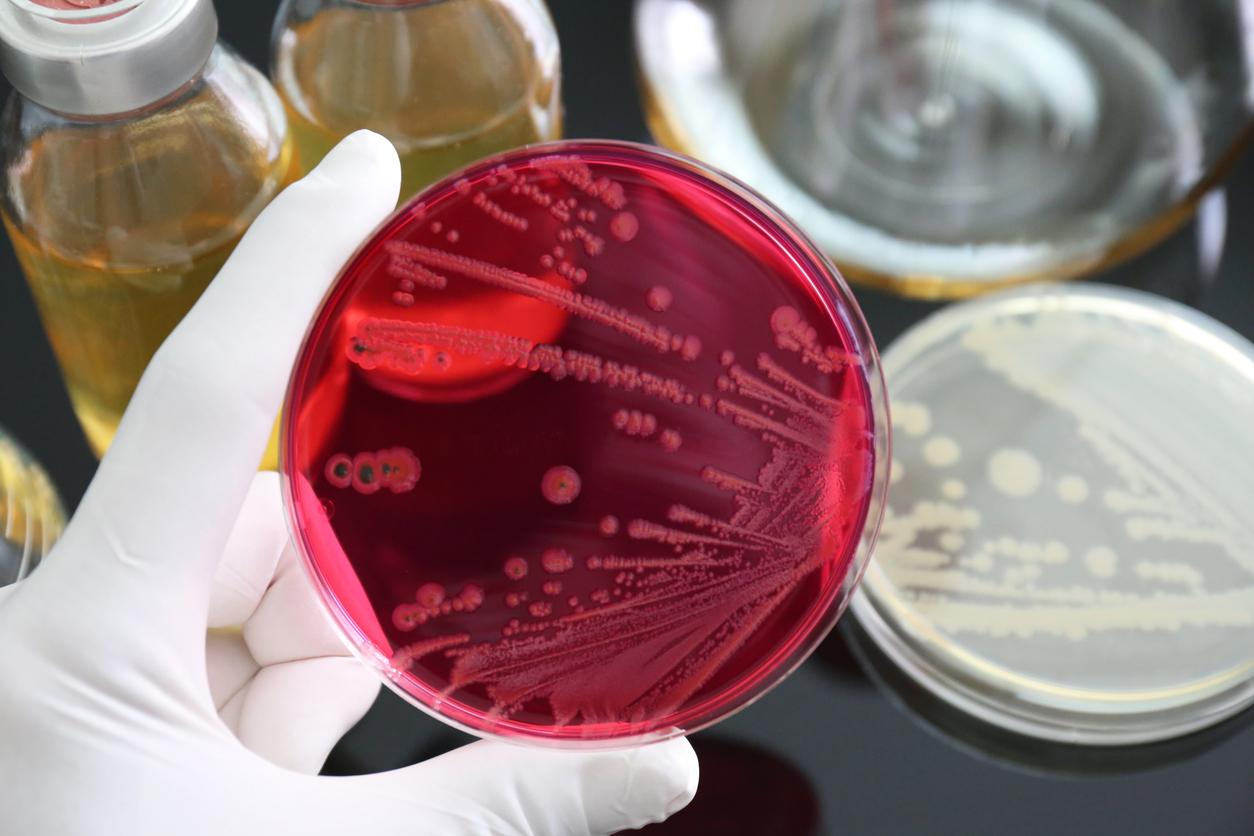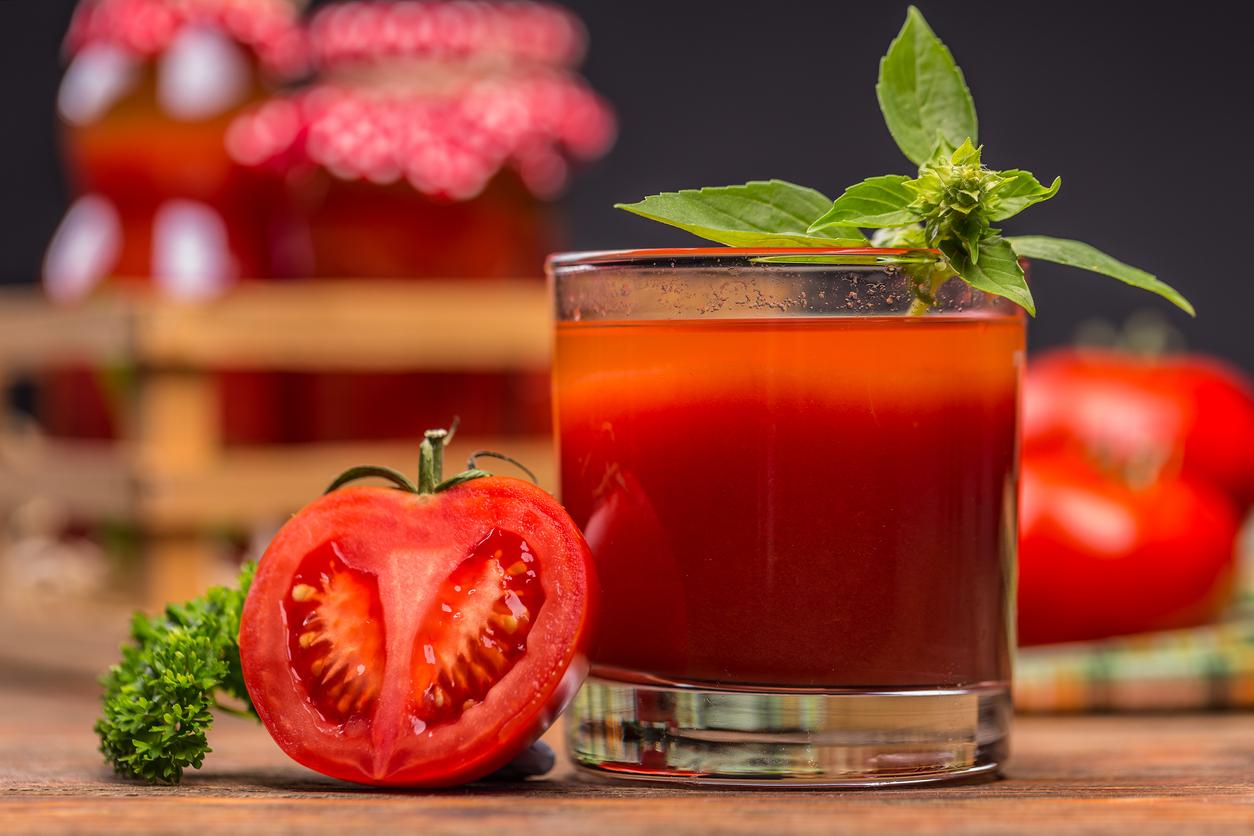
Salmonella is a bacterium that can cause unpleasant symptoms. But with a few handy precautions, the chance that you will be infected with this bacteria is minimal.
With some regularity it is in the news that a salmonella outbreak has taken place. Often they are groups of people who have gone to eat somewhere and have become infected there.
Salmonella contamination can be fatal for high-risk groups. Although this does not happen often, it is important to know more about the nature of this beast. What is salmonella and how can you prevent contamination?
gut bacteria
In fact, salmonella is a bacteria that lives in the gut of animals, especially chickens and pigs. In this way, the bacteria can end up on eggs and meat.
But via the faeces of animals, the bacteria can end up on land and in the water, and therefore on vegetables again, for example if the vegetables are sprayed with contaminated water. The main risk products have been mentioned: chicken, eggs, chicken products, other meat, vegetables and fruit.
Fever and Diarrhea
Normally, however, these products pose no risk. If you prepare them correctly, the chance of contamination is small. Fortunately, because salmonella contamination usually causes unpleasant complaints, such as:
- diarrhea
- stomach ache
- your stomach upset
- fever
Very occasionally, salmonella can penetrate the bloodstream, causing joint inflammation and long-term abdominal complaints. And in rare cases, salmonella can cause heart problems or bone inflammation.
The ‘light’ variant, that with stomach and intestinal complaints, is much more common. This lasts for a few days and then goes away on its own. All you can do is rest and drink plenty of fluids to prevent dehydration.
Additional risk
There are risk groups that need to be extra careful. Not only do they become ill more quickly after an infection with salmonella, but this infection can also be more severe. It concerns the following groups:
- children up to 5 years
- pregnant women
- sick and others with weakened immune systems
- senior citizens
There is a chance that these groups are not getting enough fluids, and without medical help this can even be life-threatening. Salmonella can also be life-threatening if the bacteria enter the bloodstream and lead to blood poisoning.
It is going too far to leave all risk products alone, but you must prepare these products properly and hygienically.
Sources):















